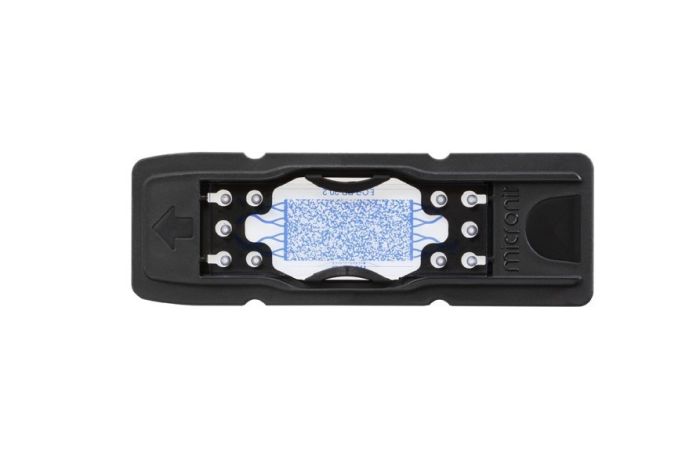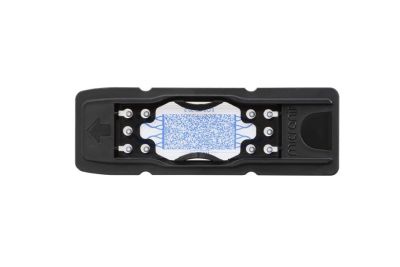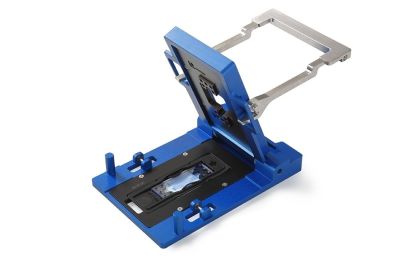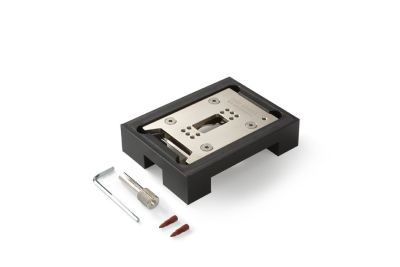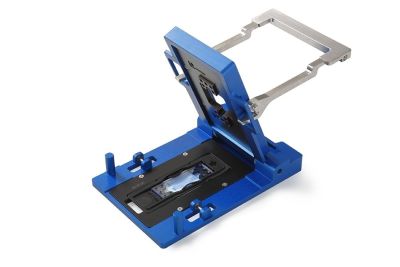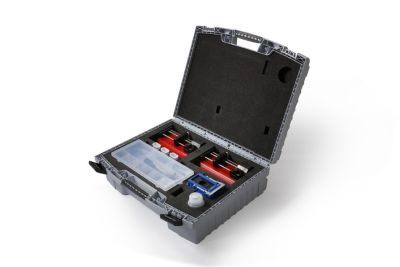shopping_basket
Enhanced Oil Recovery (EOR) Chip - Physical Rock Network - Hydrophobic Coated
SKU
11001954
Availability:
check_circle In stock
$927.17
per pack of 3
Pack of 3 coated Enhanced oil recovery (EOR) chips with a physical rock network structure.
The channel design of the physical rock structure is based on an (edited) scan of a real rock. This explains the irregularly shaped grains.
| Unit of measurement | pack of 3 |
|---|---|
| Alternative item references | 01954, EOR.PR.20.2 |
| Application | Enhanced Oil Recovery |
| Interface type | Topconnect |
| Chip material | Borosilicate glass |
| Number of inlets | 1 |
| Number of outlets | 1 |
| EOR network type | Physical Rock |
| Coating | Hydrophobic coating |
| Icon | Label | Description | Type | Size | Download |
|---|---|---|---|---|---|
 | EOR.PR.20.2 - Drawing | Drawing for the EOR porous medium chip with a Physical Rock Network. Items 02976 and 01954 | 139.5 KB | Download |
Customer Questions
We found other products you might like!
- Enhanced oil recovery (EOR) setup - low pressure (no pumps included)
From $2,132.84
To $11,432.41
- Enhanced oil recovery (EOR) setup - high pressure (no pumps included)
From $2,457.76
To $11,341.90
- Product bundle with interfacing and microfluidic chips
From $2,132.84
To $26,951.83
- EOR starter kit low pressure - topconnect (incl. syringe pumps)
As low as $4,073.05

